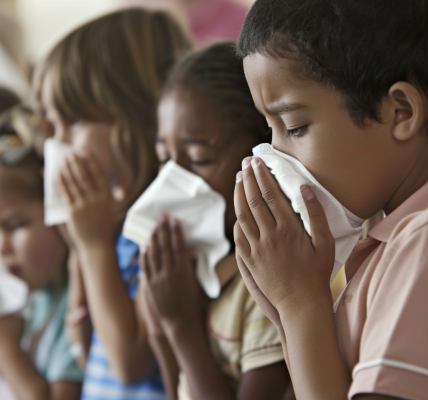Recent research conducted in Japan has shed light on the concerning presence of airborne microplastics and their potential risks to human health. While microplastics are commonly known as a significant marine pollutant, their existence in the air has emerged as a growing worry in recent years.
Studies led by Japanese researchers have revealed that microplastics have made their way into the atmosphere, infiltrating clouds and even snow. There is a possibility that these airborne particles could be ingested by humans and enter the vascular system, posing potential health risks.
Microplastics, which are particles measuring less than 5 millimeters in length, are formed as a result of the breakdown of plastic waste by natural forces such as ultraviolet light, wind, and waves. Due to their large surface area, microplastics have the ability to absorb and transport toxic substances, making them chemically harmful to organisms.
When these microplastics are ingested by organisms, they release chemicals that can enter the human food chain through fish and shellfish, ultimately impacting both ecosystems and human health. Researchers like Hiroshi Okochi, a professor of environmental chemistry at Waseda University, and Hiroshi Ono, an associate professor at Hokkaido’s Kitami Institute of Technology, are at the forefront of this emerging field of study.
Okochi and his research team conducted field observations from 2021 to 2022, where they discovered microplastics in cloud water collected at various locations, including the summit of Mt. Fuji. The researchers found that these airborne particles, when degraded by ultraviolet light, become less water-repellent and may serve as condensation nuclei for cloud ice and water.
Moreover, the degradation of microplastics by UV light can lead to the emission of greenhouse gases, potentially impacting cloud formation and sunlight reaching the earth’s surface. This interference could have implications for global warming predictive models.
According to Okochi, airborne microplastics likely originate from both land- and ocean-based sources. In Japan, marine microplastics are believed to be a significant source, transported by typhoons and winter monsoons from neighboring seas.
The research conducted by experts like Okochi and Ono underscores the urgent need for further investigation into the presence and impact of airborne microplastics on human health and the environment. As this field of study continues to evolve, understanding the sources and effects of these particles is crucial for developing strategies to mitigate their potential risks.





